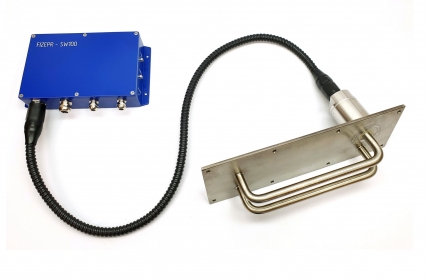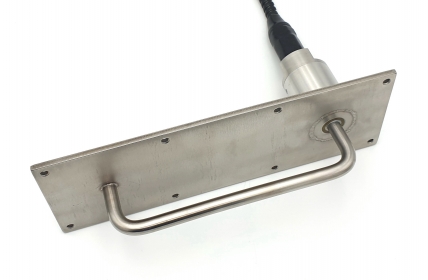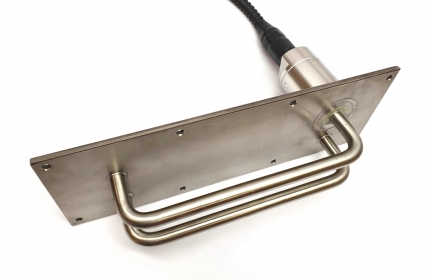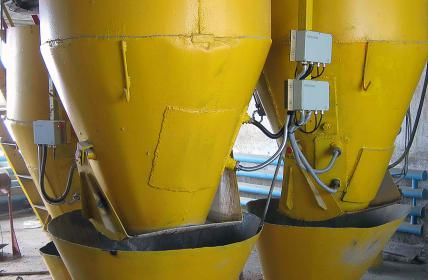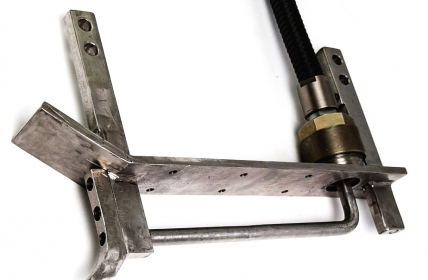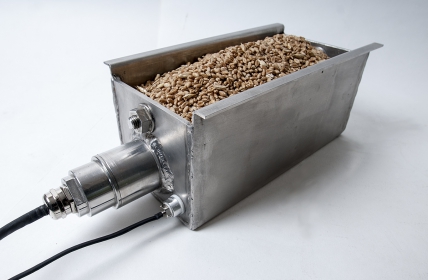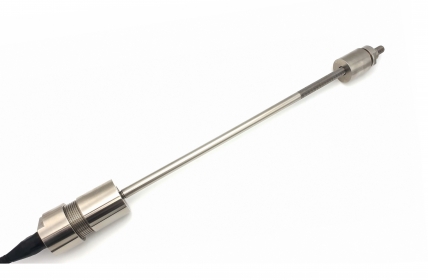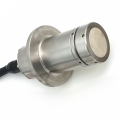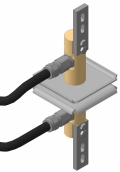Dear Dmitry,
Manual in English you can download on our website here:
http://fizepr.com/moisture-meter-for-bulk-materials/support
http://fizepr.com/sites/default/files/downloads/Manual%20FIZEPR-SW100_10...
But this guide is not the newest - 2016. Updated versions of the user manual are currently available only on the Russian site, see here:
http://fizepr.ru/vlagomery-opilok-i-shchepy
http://fizepr.ru/vlagomery-opilok-i-shchepy/servis
http://fizepr.ru/sites/default/files/soft/re_general_vol.1_wer.3.03_fize...
http://fizepr.ru/sites/default/files/soft/re_vol.2_ver.1.05_fizepr-sw100...
This instruction manual is made in two parts, and later we will translate it into English.
As for the measurement of sawdust, they can be measured by the moisture meter of the variant FIZEPR-SW100.11.x specified by you.
But for wood chips and sawdust often used moisture meters option FIZEPR-SW100.10.41. A detailed description with examples of the application of this moisture meter can be found here:
http://fizepr.ru/vlagomery-opilok-i-shchepy
http://fizepr.ru/vlagomery-opilok-i-shchepy/photo
http://fizepr.com/moisture-meter-for-bulk-materials
http://fizepr.com/moisture-meter-for-bulk-materials/gallery
Measuring the humidity of sawdust and wood chips has always been a difficult task due to the fact that the bulk density of this material is extremely heterogeneous and varies within wide limits, respectively, the distribution of moisture in volume also turns out to be extremely heterogeneous. Unlike most existing moisture meters, the moisture analyzers of the FIZEPR-SW100.10.x series provide control of wood waste at once in a significant amount - from tens to hundreds of liters. This eliminates the influence of heterogeneity in the distribution of moisture and bulk density of the material by volume. In addition, large volume analysis provides much more opportunities to stabilize the bulk density, which is a crucial factor when working with materials like wood chips and sawdust.
Prices for our products are listed in the price list, but it is in Russian:
http://fizepr.ru/sites/default/files/soft/prays_05.04.2018.pdf
But there is a catalog in English that repeats the price list:
http://fizepr.com/sites/default/files/downloads/Katalog%202017.pdf
For the measurement of wood chips, we recommend the following two options for moisture meters:
1) FIZEPR-SW100.10.41. The price of this device is 134,992 rubles in Russia, which is approximately equal to $ 2,000.
2) FIZEPR-SW100.10.4. The price of this device is 144 904 rubles of Russia, which is approximately equal to 2200 US dollars.
The sensors of these moisture meters are made in the form of rods, the ends of which are fixed on opposite walls of the bunker.The controlled volume of these moisture meters is very large and ranges from hundreds of liters to 1 cubic meter. Electronic units have two output interfaces that operate simultaneously and independently:
1) Current output 4 - 20mA;
2) Digital RS485 MODBUS RTU output.
The digital output can be connected to a computer, for this we will enter the USB-RS485 converter into the delivery set. At your request, we can also introduce a 24V power supply and a digital indicator. If you are not able to work with a current signal of 4-20mA, then we can make for you an output signal of voltage 0 -10V.


